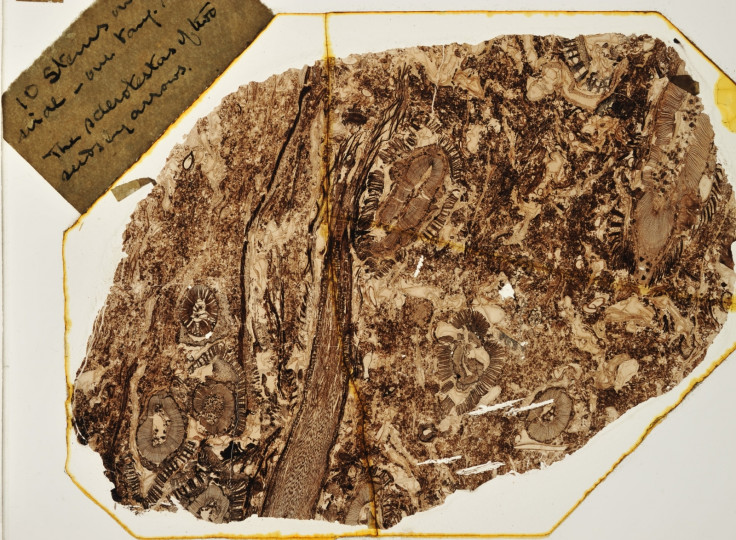320 million-year-old plant stem cells discovered in long-lost species frozen in time
The oldest plant stem cells have been discovered in a 320 million-year-old actively growing fossilised root, scientists have announced. This is the first time an actively growing fossilised root has ever been found and will provide an insight into formation of plants and trees from the first giant tropical rainforests on Earth.
The fossil – a plant effectively frozen in time - was discovered by Alexander Hetherington, a PhD student at Oxford University. "I was examining one of the fossilised soil slides held at the University Herbaria as part of my research into the rooting systems of ancient trees when I noticed a structure that looked like the living root tips we see in plants today," he said.
"I began to realise that I was looking at a population of 320 million-year-old plant stem cells preserved as they were growing - and that it was the first time anything like this had ever been found."
Plant stem cells are located at the tips of shots and roots in groups known as meristems. In present-day plants, cells produced by meristems allow the plant to grow throughout its life. Some stem cells remain unspecialised and can go on to develop into any type of plant cell.
The 320 million-year-old fossilised stem cells are different to all those found living today. Analysis of the cells, published in Current Biology, showed they had a distinctive pattern of cell division. The stem cells discovered would have gone on to become the roots of the ancient plant.

The 1.5mm root tip was recognised because of the clear down brown cap that would have protected it as it grew. The size and number of cells present allowed researchers to work out that the root was actively growing when it was fossilised.
The discovery means scientists can better understand the mechanisms that control root formation of long-extinct plants and trees. "It gives us a unique window into how roots developed hundreds of millions of years ago," Hetherington said. Because the stem cells in the fossil are not like anything found today, this means some of the mechanisms involved in root formation became extinct.
The stem cell fossil has been named Radix carbonica – or 'coal root'. It was found in soil from the Carboniferous Period, a time the world's first giant tropical rainforests formed. The development of the deep rooting systems that developed during this time also – in part - led to a massive cooling event as it led to a chemical reaction that pulled CO2 from the atmosphere.
Liam Dolan, senior author of the paper, said: "These fossils demonstrate how the roots of these ancient plants grew for the first time. It is startling that something so small could have had such a dramatic effect on the Earth's climate."
© Copyright IBTimes 2025. All rights reserved.






















